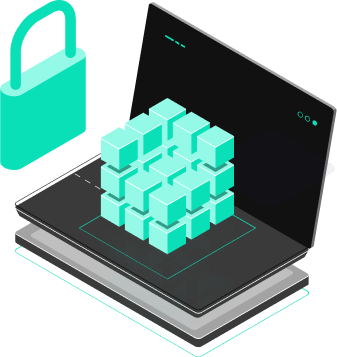Cybersecurity has become the cornerstone of modern business operations. With digital transformation accelerating, organizations face an unprecedented volume of sophisticated threats that can cripple operations, damage reputations, and result in massive financial losses.
Did You Know?
- A cyberattack occurs every 39 seconds.
- The average cost of a data breach is $4.45 million (IBM, 2023)
- 60% of small businesses close within 6 months of a cyberattack (U.S. National Cyber Security Alliance)

Business class firewall
- These devices control all the traffic in and out of your network. The next-generation business-class firewalls can detect and block more complicated attacks and intrusions than consumer-grade products.
Anti-virus
- Antivirus (AV) is a security program designed to detect, prevent, and remove malicious software (malware) from computers and networks. It acts as a digital immune system, protecting against viruses, ransomware, spyware, and other cyber threats. The same type of anti-virus and anti-malware protection is deployed across all your workstations so it can be centrally managed.
Ransomeware Protection
- Ransomware infects and encrypts all the important data that resides on local workstations and your server, causing a huge data loss and extended downtime. The perpetrators demand a ransom to get your data back, but they usually just take your money and run. The key to recovery from these attacks is good backup so you can ignore ransom demands. But it’s even better to prevent these attacks in the first place, which we help ensure with the protocols and procedures we put in place, including a layered approach to security.
Software Patching
- Fixing software security vulnerabilities (“bugs”) is called patching, and it must occur on a consistent, timely basis. Microsoft periodically releases security and stability-related updates for its Windows platform, as do third-party programs that use the internet such as Java, Adobe (Flash, Acrobat, Reader), Chrome, Firefox, Silverlight, Picasa, Winzip and GoToMeeting.